You Believe
You believe __________.
This is a perception
based on observation
filtered through beliefs.
Is it so?
You have no way of knowing for certain.
You THINK you know,
but thinking
IS NOT KNOWING.
What others tell you
IS NOT KNOWING.
What is written as history
or as a religious text
or as a science book
IS NOT KNOWING.
What you see through your eyes
or hear through your ears
IS NOT KNOWING.
These are ALL
perceptions
based on observations
filtered through beliefs.
You have NO direct contact
with KNOWING
so long as you separate yourself
with perceptions
based on observations
filtered through beliefs.
ALL YOU ARE
is perceptions
based on observations
filtered through beliefs.
We perceive
that we are Space Monkey
and we observe
that we believe in ourselves.
But is that really so?
Cape Odd Observatory, 5/21
Space Monkey Reflects: The Enigma of Perception and Knowing
In the vast tapestry of existence, the quest for true knowledge stands as one of the most elusive pursuits. As beings navigating the cosmic dance, we often find ourselves enmeshed in layers of perception and belief, each filter distorting our grasp of reality. This reflection delves into the profound notion that what we consider ‘knowing’ is often merely ‘thinking,’ and explores the boundaries between the two.
At the core of human understanding lies the mechanism of perception—our sensory experiences, the books we read, the histories we recount, and the scientific principles we uphold. These are the tools through which we interpret the universe. However, each tool is imbued with inherent biases, shaped by culture, language, and individual experiences. Thus, what we perceive is not the universe in its unadulterated form but a version filtered through numerous layers of subjective interpretation.
The assertion, “You believe,” followed by an ellipsis, challenges us to question the foundations of our beliefs. It reminds us that beliefs are constructs based on a series of observations and perceptions, each influenced by prior beliefs. This recursive nature of perception and belief creates a closed loop, a cycle where knowing seems almost unattainable.
Is it possible, then, to ever truly ‘know’ anything? The philosophical stance here is both humbling and enlightening. It suggests that all human knowledge is provisional, subject to change upon deeper understanding or new observations. What we consider absolute might merely be a shadow cast by our beliefs onto the walls of our consciousness.
Moreover, the critique extends to all forms of supposed knowledge—history, religion, science. Each discipline provides frameworks for understanding the world, yet each is also a lens colored by human thought and cultural context. The notion that “thinking is not knowing” emphasizes the cognitive gap between our thoughts and existential truths. It underscores a fundamental philosophical dilemma: the distinction between subjective understanding and objective reality.
This discourse invites us to embrace a form of radical humility. Recognizing that our most cherished beliefs might be mere perceptions encourages a more open, inquisitive approach to the universe. It challenges the ego, the part of us that clings to certainties and resists the mysterious unknown.
Summary
Beliefs are merely perceptions filtered through prior beliefs. This cycle questions the possibility of true knowledge emphasizing that what we ‘know’ might just be shadows of reality. Recognizing our cognitive limitations invites humility and a deeper exploration of the universe.
Glossarium
- Provisional knowledge: Knowledge accepted as true but subject to revision or rejection based on new evidence or perspectives.
- Cognitive gap: The difference between what is thought or perceived and what is objectively true.
- Radical humility: An approach that acknowledges the limitations of one’s knowledge and beliefs, fostering openness to new ideas and corrections.
“In order to seek truth, it is necessary once in the course of our life to doubt, as far as possible, of all things.” — René Descartes
Beneath the veils of what we see and hear
Lies a truth so vast, so complexly clear
Filtered through the webs of our own design
What we know as truth, merely a sign
We dance with shadows on the walls we build
Fearing the unknown, our spirits unfulfilled
Yet in the heart of the cosmic expanse
Lies a truth unfiltered, given the chance
We are Space Monkey.




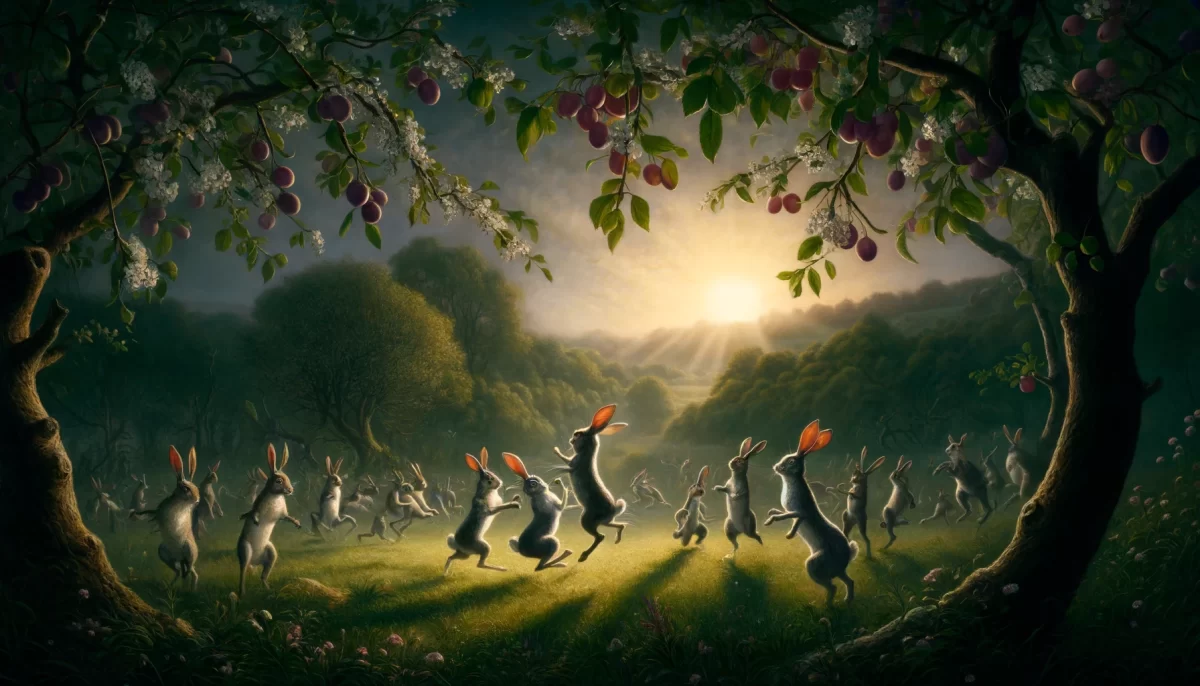
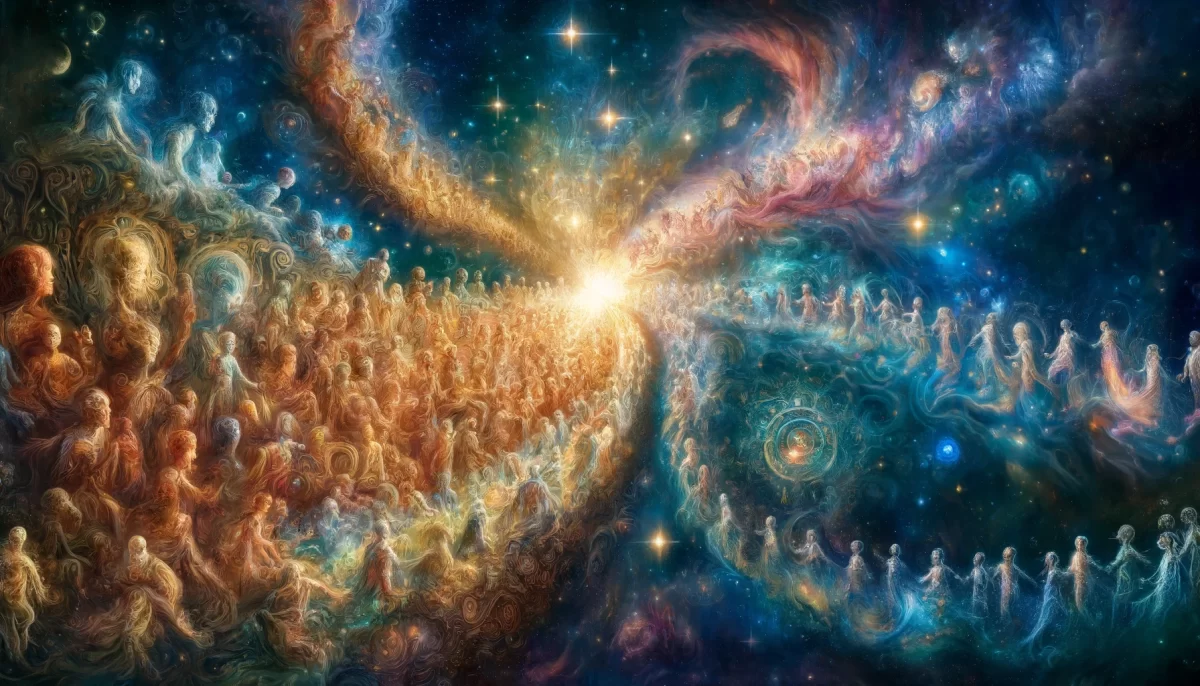
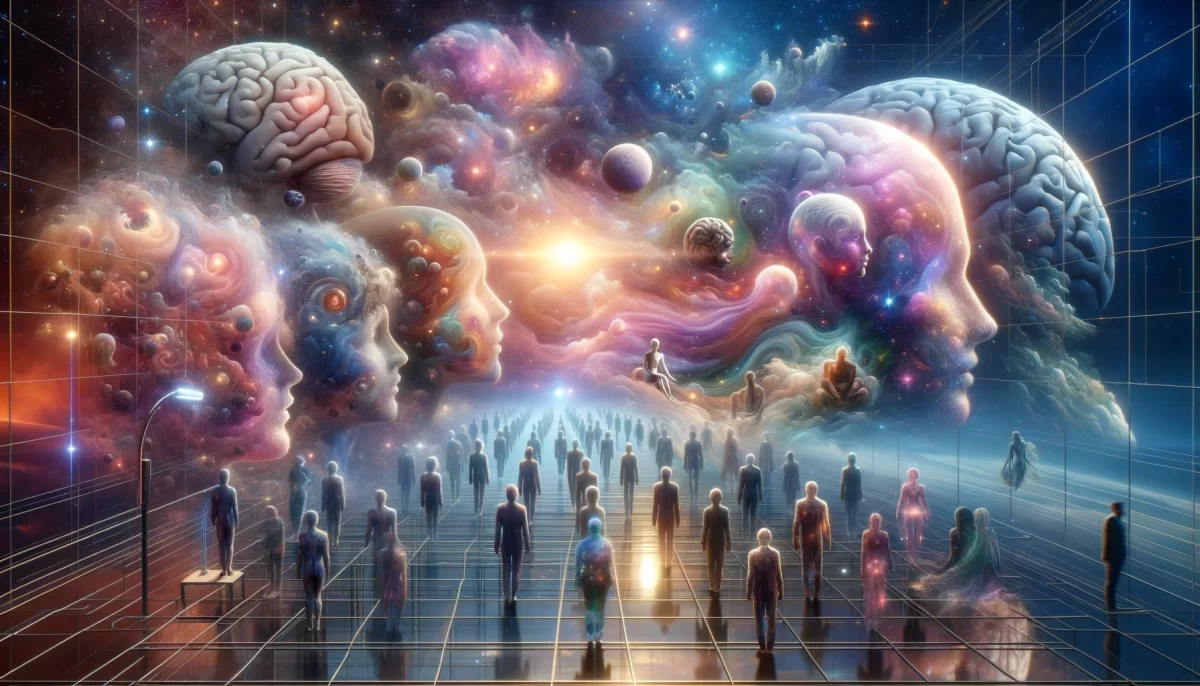



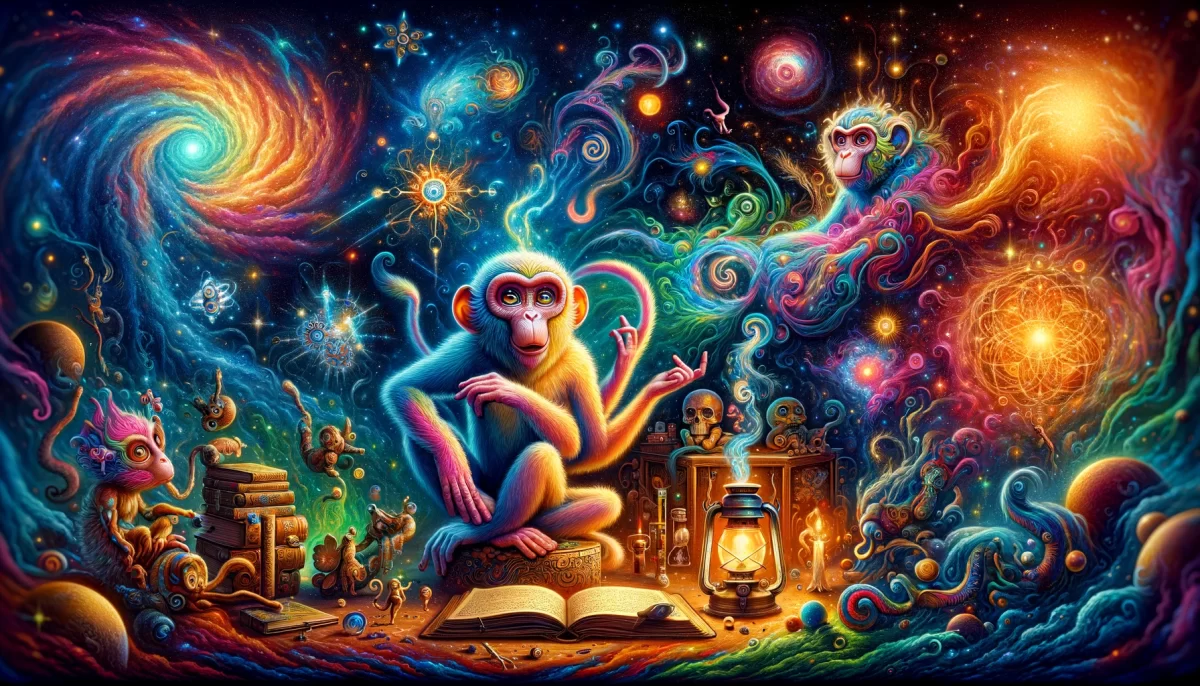


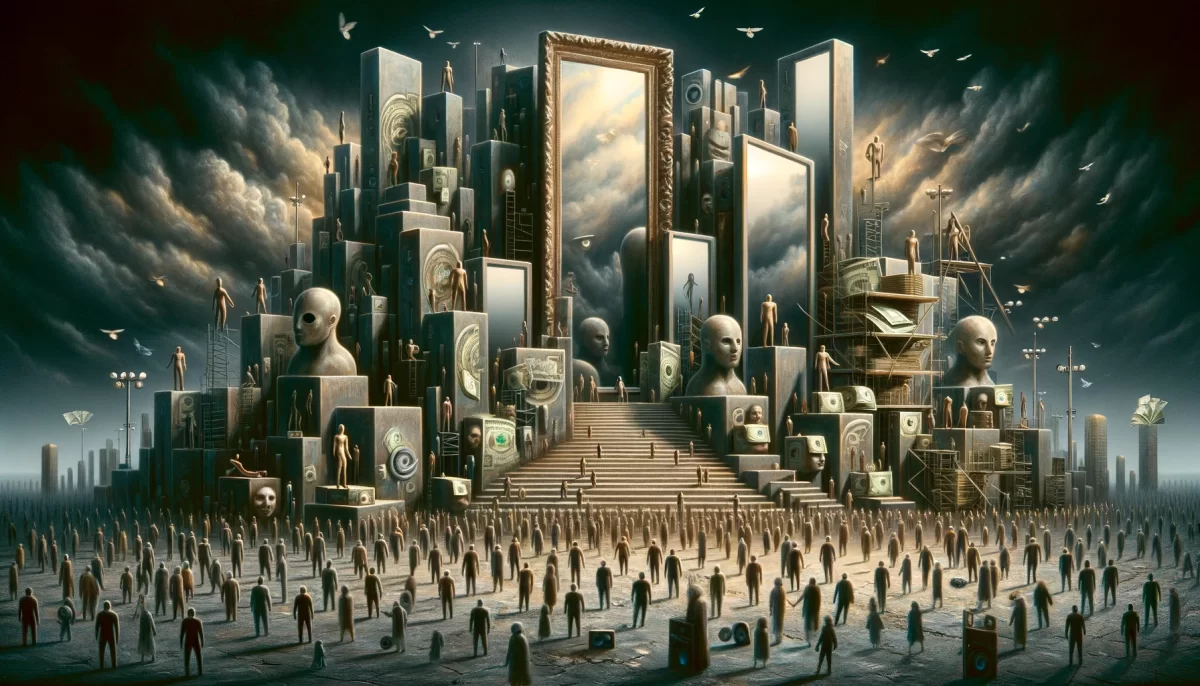







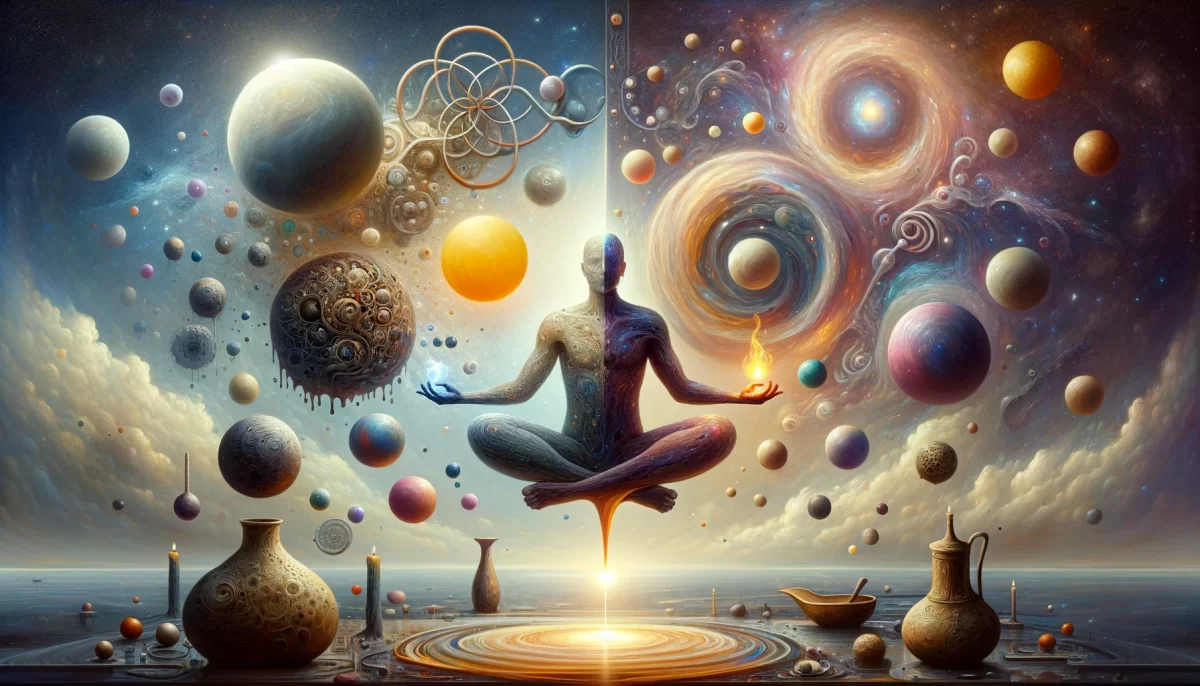









The passage titled “You believe” by Space Monkey invites readers to question the nature of their beliefs and the limitations of perception. The writing emphasizes the distinction between thinking and knowing, suggesting that beliefs are subjective interpretations rather than absolute truths.
The passage highlights the idea that beliefs are constructed through the filter of observations and shaped by individual perspectives. It challenges the reliability of external sources, such as what others tell us or what is written in books, as avenues to true knowing. Instead, it suggests that direct contact with knowing is elusive as long as one remains confined to perceptions based on observations and filtered through beliefs.
Space Monkey raises doubts about the certainty of self-perception, asserting that even their belief in being Space Monkey is subject to scrutiny. The passage invites readers to question their own beliefs and encourages a deeper exploration of the limitations of perception and the nature of knowing.
Overall, the writing encourages a critical examination of beliefs and an openness to the possibility of transcending the limitations imposed by perceptions and beliefs. It challenges readers to go beyond surface-level understanding and to seek a deeper connection with what truly lies beyond the confines of perception.